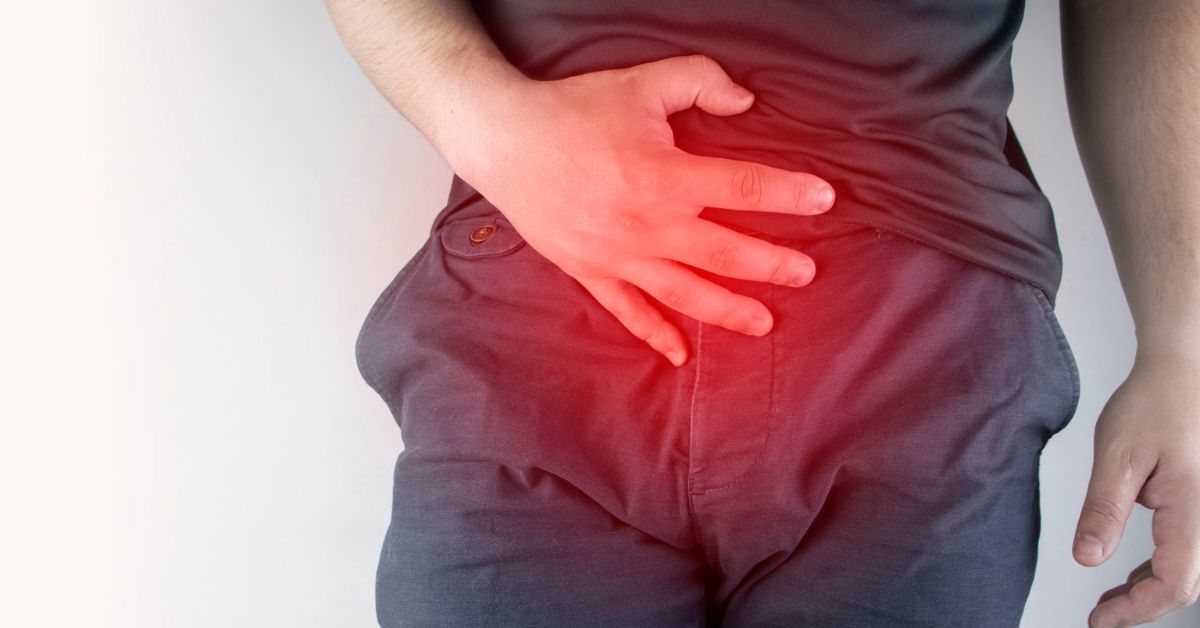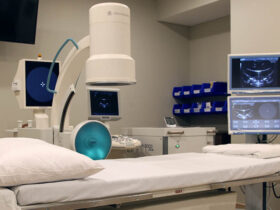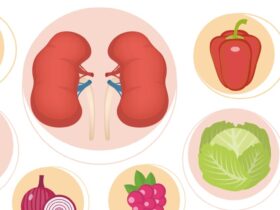Urethral stricture is a potentially serious condition that affects the urinary tract and can be caused by trauma or inflammation to the urethral canal. It is important for medical professionals to stay up-to-date on the latest advancements in treating this condition. In this blog post, we will look at some of the latest developments in the field of treating urethral stricture, how they are improving outcomes for patients, and what the future of urethral stricture treatment looks like.
- Groundbreaking techniques to help with urethral relief
The latest advancement in treating urethral stricture is a groundbreaking technique that can offer urethral relief. Local urologists have begun using a special laser system to treat these strictures, which can be caused by injury, infection, past surgery, or other factors. This laser treatment helps to break up and remove the scar tissue that is blocking the urethra, and it can be done in a matter of minutes with minimal discomfort. Beyond this, patients can also benefit from improved urinary flow and increased comfort during urination.
- Innovative procedures to stretch the urethra
If you’re suffering from urethral stricture and looking for the latest advancements in treatment, you’re in luck! Local urologists have been hard at work devising innovative procedures to stretch the urethra and help their patients feel better. The latest procedures involve specialized instruments and techniques to gently and safely stretch the urethra and restore its normal function. These methods have proven to be highly effective, and have been adopted by many leading medical institutions.
- Revolutionary methods to combat the effects of urethral stricture
Local urologists are always on the lookout for revolutionary methods to combat the effects of urethral stricture. In recent years, advances such as the optical urethrotomy and the urolift system have been game-changers for urologists looking to provide the best care for their patients. Optical urethrotomy uses a laser beam to cut and widen the urethra, while the urolift system uses tiny implants to lift and hold the urethral lining apart. Both procedures can be done in a doctor’s office, with minimal recovery time and no need for catheterization.
Conclusion.
The latest advancements in treating urethral stricture have allowed for more effective, minimally invasive procedures with better outcomes. In many cases, these procedures can be done in a single visit, with the patient able to return to their normal lifestyle quickly and without significant downtime. With the help of these advances, more people can receive the care they need to manage their urethral stricture.











